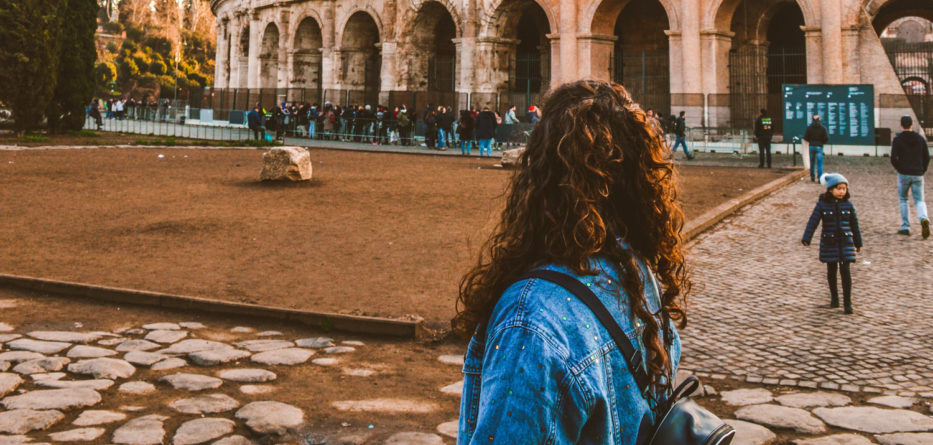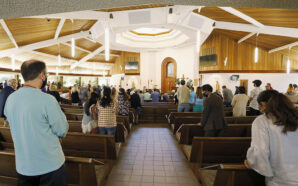Rome, Italy – Rome had so far remained relatively oblivious to the social alarm generated in northern Italy because of the coronavirus, but recently the ‘eternal city’ has begun to see nearly empty monuments, an unusually spacious public transport and some closed shops and restaurants.
In the infectious diseases’ hospital Lazzaro Spallanzani, a center in the country in the fight against the virus, a large tent has been enabled to welcome patients who arrive believing they have been infected, increasingly by “social psychosis,” says Franco Lufrani, the person in charge of emergencies at the center.
Inside the center there are eight active cases, two of them serious, but there are more than 20 people who pass through this tent every day with the suspicion of carrying the virus, of which “the vast majority have nothing but fever, [and are sent home]”, says Lufrani, who refuses to wear a mask so as to not cause more alarm.
Outside the hospital, the city maintains its usual rhythms in a certain way, although there are signs that show that something has changed, such as Piazza Navona with hardly any tourists, the almost empty Pantheon or the Trevi Fountain with plenty of space to take photos, an unusual sight in one of the most traversed points on earth.
The lower influx of people in public transport is evident, with buses and subway cars that normally circulate with masses of tourists and locals; now even empty seats can be found.
Businesses close to the Vatican, such as some restaurants or points of sale of pasta to go, frequented mostly by tourists, lament that for a few days they have hardly any customers.
At the moment in Rome there is no coronavirus focus, said the doctors of Spallanzani, and the cases present in the city have an epidemiological link with the most affected northern regions, Lombardy, Veneto and Emilia-Romagna, but that has not slowed down a devastating fall in tourist reservations.
In March alone, there have been 90% rate of hotel cancellations, data like that of the most affected cities such as Milan or Venice, which after weeks of closure of monuments and museums are returning to normal and eliminating restrictions.
Because tourism suffers, there has been slowing of a great economic engine of the Italian capital, which had almost 20 million arrivals last year.
The alarm also affects the Romans themselves, many of whom go to the Spallanzani to check if they are infected by the coronavirus.
All of them, 248 so far, reach a first control in which the health personnel provide them with a mask and then are guided to the tent set up a week ago by Civil Protection.
“This structure stood up precisely so as not to have a crowd of people arriving at the hospital and to prevent their contact,” said Lufrani, who explains how the entire space is disinfected every time there is a suspicious case.
Patients who arrive at this kind of temporary hospital should use portable toilets outside the structure, which are also periodically disinfected, and only when doctors have performed all the necessary checks, are they taken to the interior of the center.
“Here we have lived everything, the SARS, the MERS, the Ebola,” says Lufrani, accustomed to organizing isolation spaces like this, and that he thinks there is too much alarm for this virus.
Of all those who enter this space, the vast majority, 203 people, are negative in coronavirus and many are not even tested for this virus because they do not show any symptoms.
Lufrani does not venture to say if there will be a large increase in visits to this tent, but the structure, with four aisles to isolate patients and a large area in the center to do the tests, is designed to house more patients if the alarm keeps growing.






